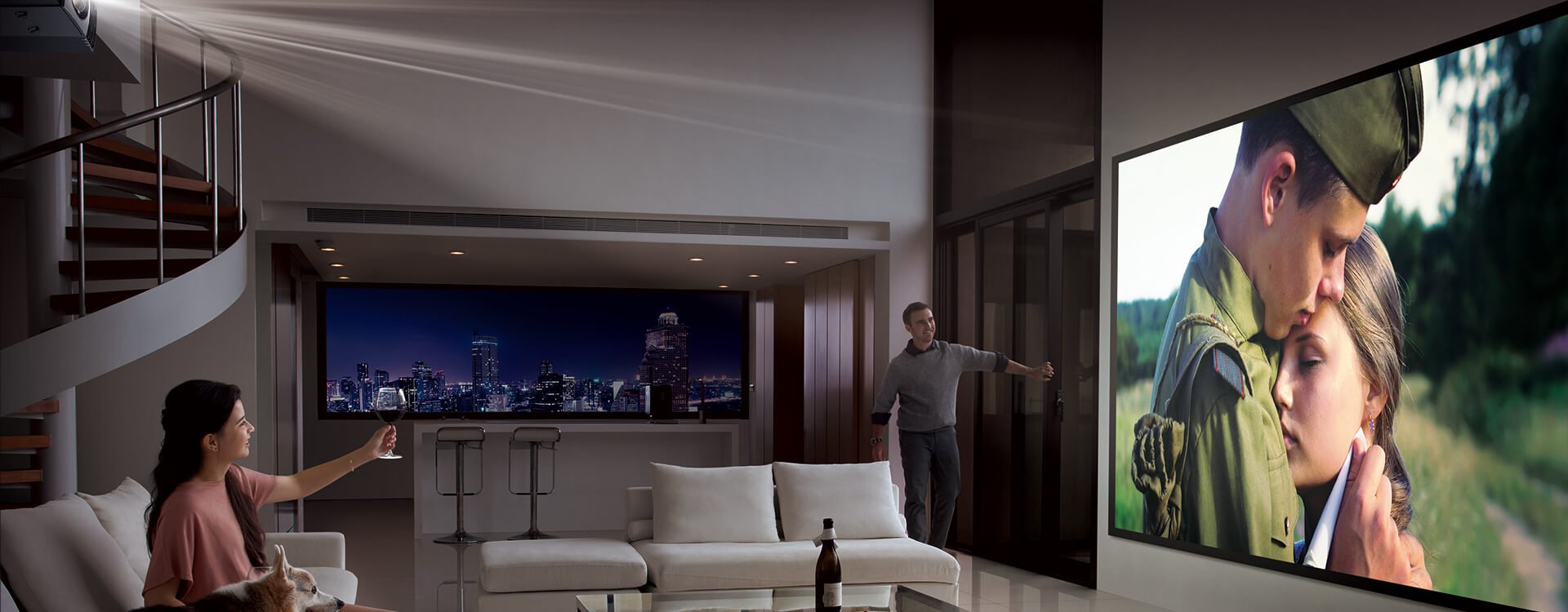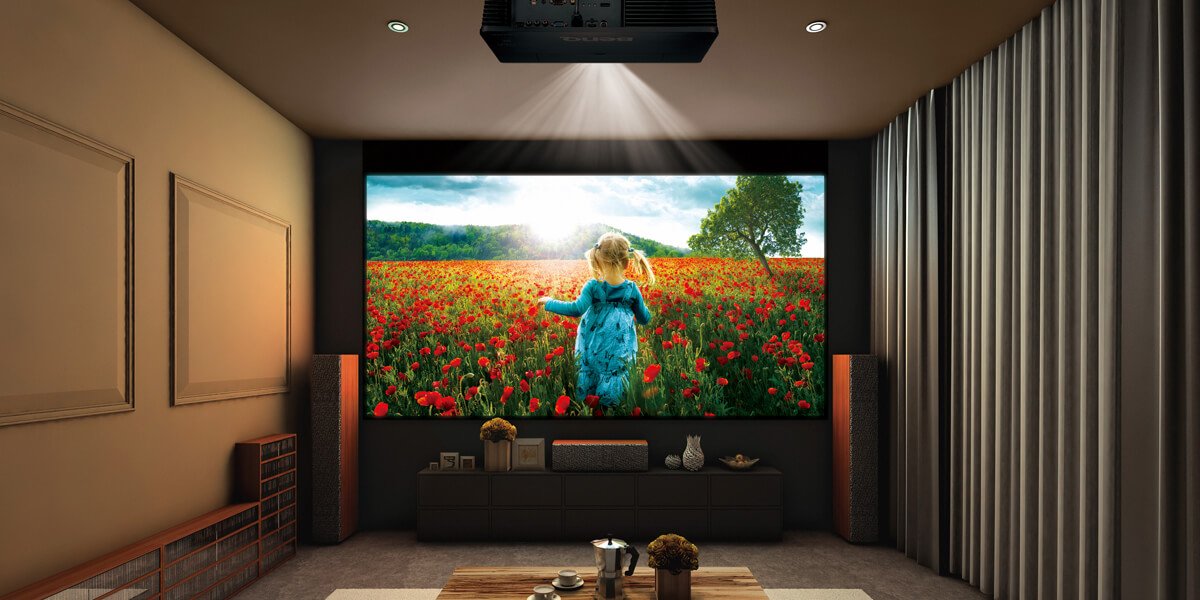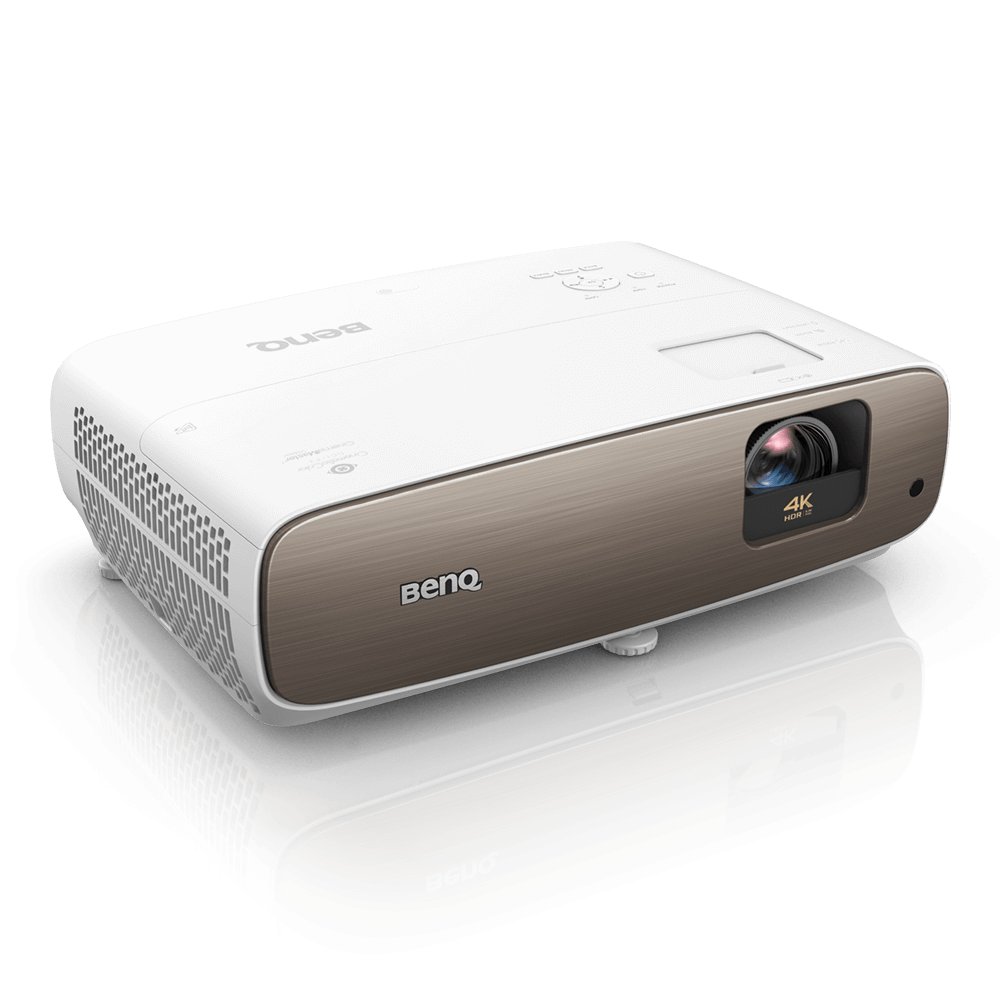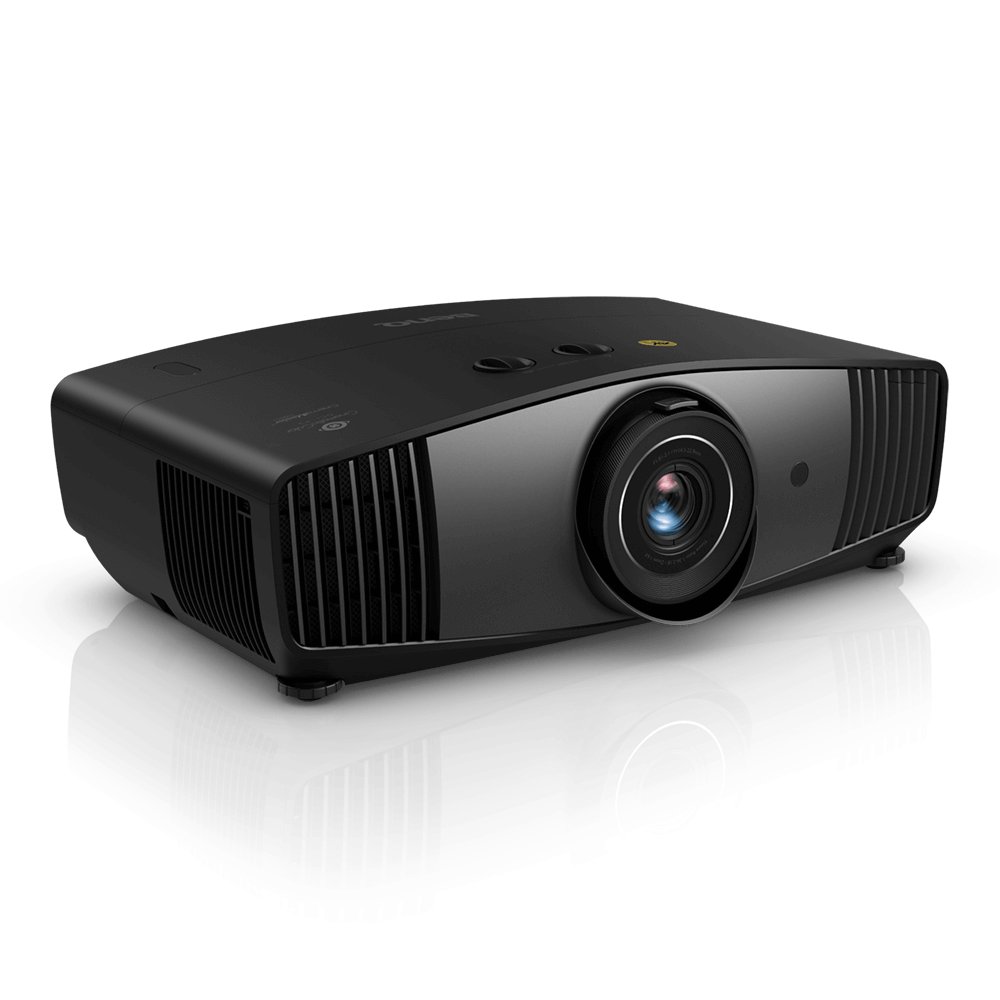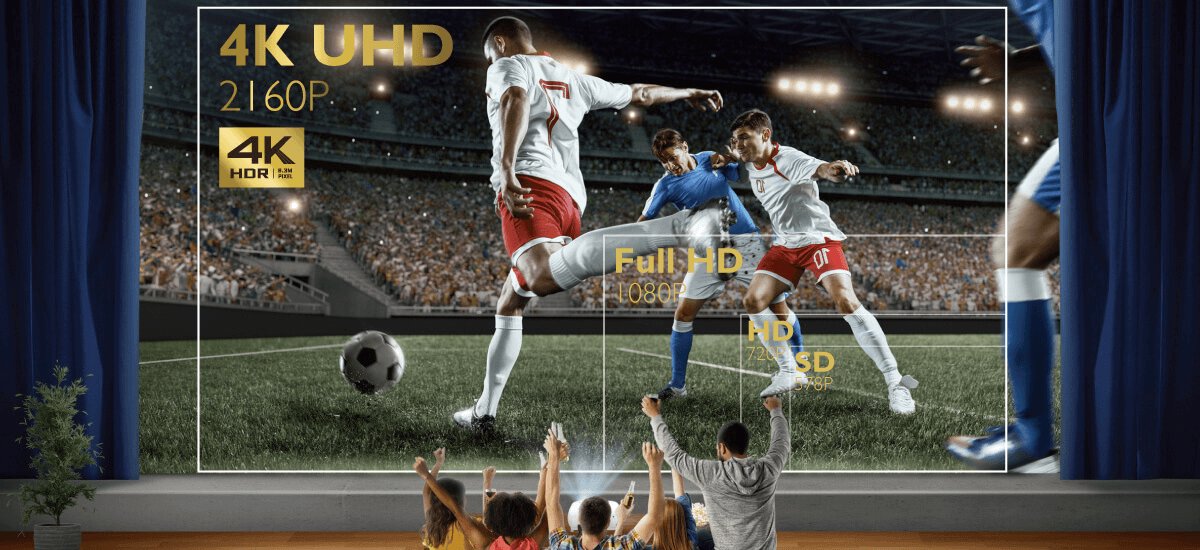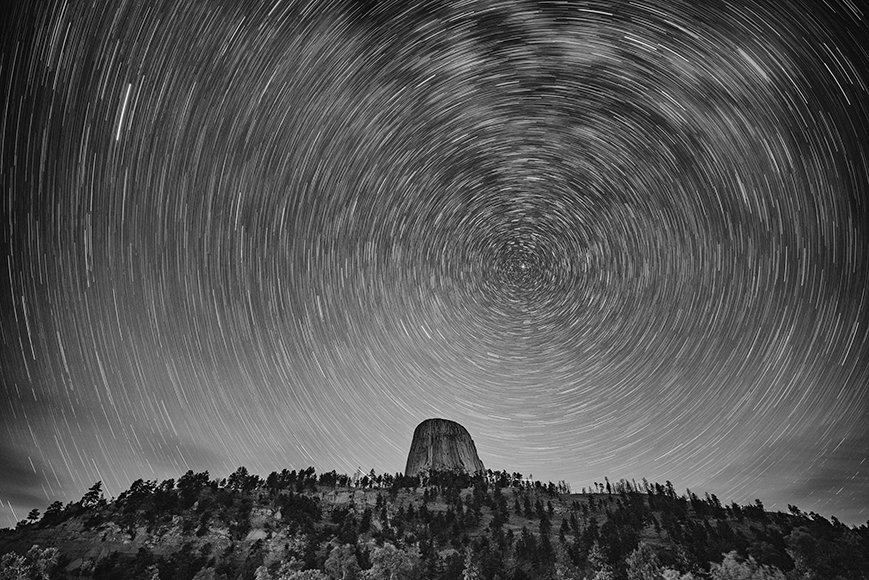Remember when high definition was the latest thing? I do. I first saw an HD TV at the Consumer Electronics Show a while back and I was astonished. Demo video was running on a loop of someone pouring champagne into a glass. The definition was definitely the sharpest I had ever seen. I could see every individual bubble rise to the top and churn as the bubbly bubbled. It felt like I was swimming through the sparkling beverage, and it felt like a toast to the future of video. It was.
Technology marches on. Black and white became color and standard definition became high. 480p (A 480 pixels tall picture) became 720p (720 pixels tall) and evolved into 1080p (1080 pixels tall). Now there’s 4K. That’s 2160p. The champagne video I wondered over was presented in 1920 by 1080 pixels. 4K is four times as sharp a picture, glistening in 4096 by 2160 pixels.
OK, so what do all these pixels do for you, the viewer?
What makes 4K video resolution awesome is the ability to go big. Really big. Deeper resolution means TV or projector screens can be bigger and bigger without sacrificing sharpness, contrast, and color. You see, the bigger a screen gets, the greater the potential for the picture to look fuzzy – if the resolution doesn’t scale up with it. The more pixels you can stuff into the space of a screen dimension, the sharper the picture will look. The tighter packed the pixels are with all the neighboring pixels, the better.
Think of it this way: You print out some photos on your inkjet printer with brand new cartridges installed. The photos come out looking great, with rich details and vivid color and contrast. Now, let’s say the ink cartridges are on their last legs. The colors look washed out and maybe some don’t even print at all, right? The new cartridges gave you more saturation. Video resolution has it limits in a similar way. Bigger screens need more pixels, and 4K is the sharpest available today.

